Schneider RM17TU00 Relay | Multifunction control relay RM17-TU – range 183..528 V AC
3,343 EGP5,764 EGP (-42%)
Schneider RM17TU00 Relay
Schneider RM17TU00 Relay
The Schneider RM17TU00 Relay stands out as a reliable and versatile component in electrical systems, renowned for its efficiency and performance. This article delves into the intricate details of this remarkable device, shedding light on its features, applications, installation procedures, troubleshooting methods, and much more.
Understanding the Functionality of Relays
What is a Relay?
Relays serve as crucial elements in electrical circuits, functioning as switches that control the flow of electricity. They enable the activation or deactivation of circuits based on predetermined conditions, making them indispensable in various industries and applications.
Importance of Relays in Electrical Systems
Relays play a pivotal role in ensuring the seamless operation of complex electrical systems. By acting as intermediaries between low and high voltage circuits, they provide reliable control and protection mechanisms, safeguarding equipment and enhancing overall efficiency.
Features and Specifications of Schneider RM17TU00 Relay
Technical Specifications
The Schneider RM17TU00 Relay boasts a robust set of technical specifications, including voltage ratings, current capacities, and frequency ranges. With its compact design and versatile configuration options, it caters to diverse operational requirements with utmost precision.
Key Features
Equipped with advanced features such as adjustable time delays, fault detection mechanisms, and DIN rail mounting capabilities, the Schneider RM17TU00 Relay offers unparalleled functionality and convenience. Its user-friendly interface and intuitive controls simplify installation and operation, making it an ideal choice for both professionals and enthusiasts alike.
Applications of Schneider RM17TU00 Relay
Industrial Automation
In industrial settings, the Schneider RM17TU00 Relay finds extensive use in process control, machinery automation, and safety monitoring applications. Its reliability and durability make it well-suited for demanding environments, where precision and performance are paramount.
HVAC Systems
Heating, ventilation, and air conditioning (HVAC) systems rely on relays for regulating temperature, airflow, and humidity levels. The Schneider RM17TU00 Relay excels in this domain, offering precise control and seamless integration with existing HVAC infrastructure.
Energy Management Systems
Efficient energy management is essential for optimizing resource utilization and reducing operational costs. With its energy-efficient design and smart monitoring capabilities, the Schneider RM17TU00 Relay plays a pivotal role in enhancing the sustainability and profitability of energy management systems.
Installation and Setup Guide
Step-by-Step Installation Process
Installing the Schneider RM17TU00 Relay is a straightforward process, requiring basic electrical knowledge and standard tools. By following the manufacturer’s guidelines and adhering to safety protocols, users can ensure a hassle-free installation experience.
Configuration Tips
Configuring the Schneider RM17TU00 Relay to meet specific requirements involves adjusting parameters such as time delays, sensitivity levels, and fault thresholds. By carefully fine-tuning these settings, users can optimize performance and achieve optimal results.
Troubleshooting Common Issues
Identifying Problems
Despite its reliability, it may encounter occasional issues due to various factors such as voltage fluctuations, environmental conditions, or component failures. Common problems include relay malfunctions, circuit disruptions, and sensor inaccuracies.
Solutions and Fixes
To address these issues effectively, users can follow a systematic troubleshooting approach, starting with basic checks and gradually progressing to more advanced diagnostics. By isolating the root cause of the problem and implementing appropriate solutions, users can restore the relay’s functionality and prevent further complications.
Advantages of Using Schneider RM17TU00 Relay
Efficiency Enhancement
it offers significant efficiency gains through its precise control capabilities and intelligent monitoring features. By optimizing energy consumption and minimizing downtime, it contributes to overall productivity and profitability.
Cost Savings
In addition to efficiency gains, the Schneider RM17TU00 Relay delivers substantial cost savings by reducing maintenance expenses, minimizing equipment downtime, and prolonging the lifespan of electrical components. Its robust construction and reliable performance ensure long-term value and return on investment.
Additional information
| brands | Schneider Electric |
|---|---|
| Range of product | Harmony Control Relays |
| Product or component type | 3-phase control relay |
| Relay type | Multifunction control relay |
| Product specific application | For 3-phase supply |
| Relay name | RM17TU |
| Relay monitored parameters | Undervoltage detection Phase sequence Phase failure detection |
| Housing material | Self-extinguishing plastic |
| Mechanical durability | 30000000 cycles |
| Safety reliability data | MTTFd = 502.2 years B10d = 470000 |
| Width | 17.5 mm |
| Net weight | 0.13 kg |
| Switching capacity in VA | 1250 VA |
| Marking | CE |
| Contacts type and composition | |
| Maximum switching voltage | 250 V AC 250 V DC |
| control circuit frequency | 50…60 Hz +/- 10 % |
| Output contacts | 1 C/O |
| Nominal output current | 5:00 AM |
| Maximum measuring cycle | 150 ms measurement cycle as true rms value |
| Measurement error | < 0.05 %/°C with temperature variation < 1 % over the whole range with voltage variation |
| run-up delay at power-up | 650 ms |
| Minimum switching current | 10 mA at 5 V DC |
| Maximum switching current | 5 A AC 5 A DC |
| Supply voltage limits | 183…528 V AC |
| Power consumption in VA | 0…22 VA at 400 V AC 50 Hz |
| Measurement voltage limits | 183…528 V AC |
| Voltage range | 208…480 V phase to phase |
| Response time | < 200 ms (in the event of a fault) |
| Supply frequency | 50/60 Hz +/- 10 % |
| Operating rate | <= 360 operations/hour full load |
| Utilisation category | AC-12 conforming to IEC 60947-5-1 AC-13 conforming to IEC 60947-5-1 AC-14 conforming to IEC 60947-5-1 AC-15 conforming to IEC 60947-5-1 DC-12 conforming to IEC 60947-5-1 DC-13 conforming to IEC 60947 |
| Threshold adjustment voltage | -2…-12 % in the range 208 V AC -2…-17 % in the range 220 V AC 2…20 % of Un selected +2…+10 % in the range 480 V AC |
| Repeat accuracy | 0.5 % for input and measurement circuit 3 % for time delay |
| phase failure sensitivity | 0.7 Un |
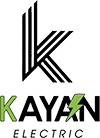





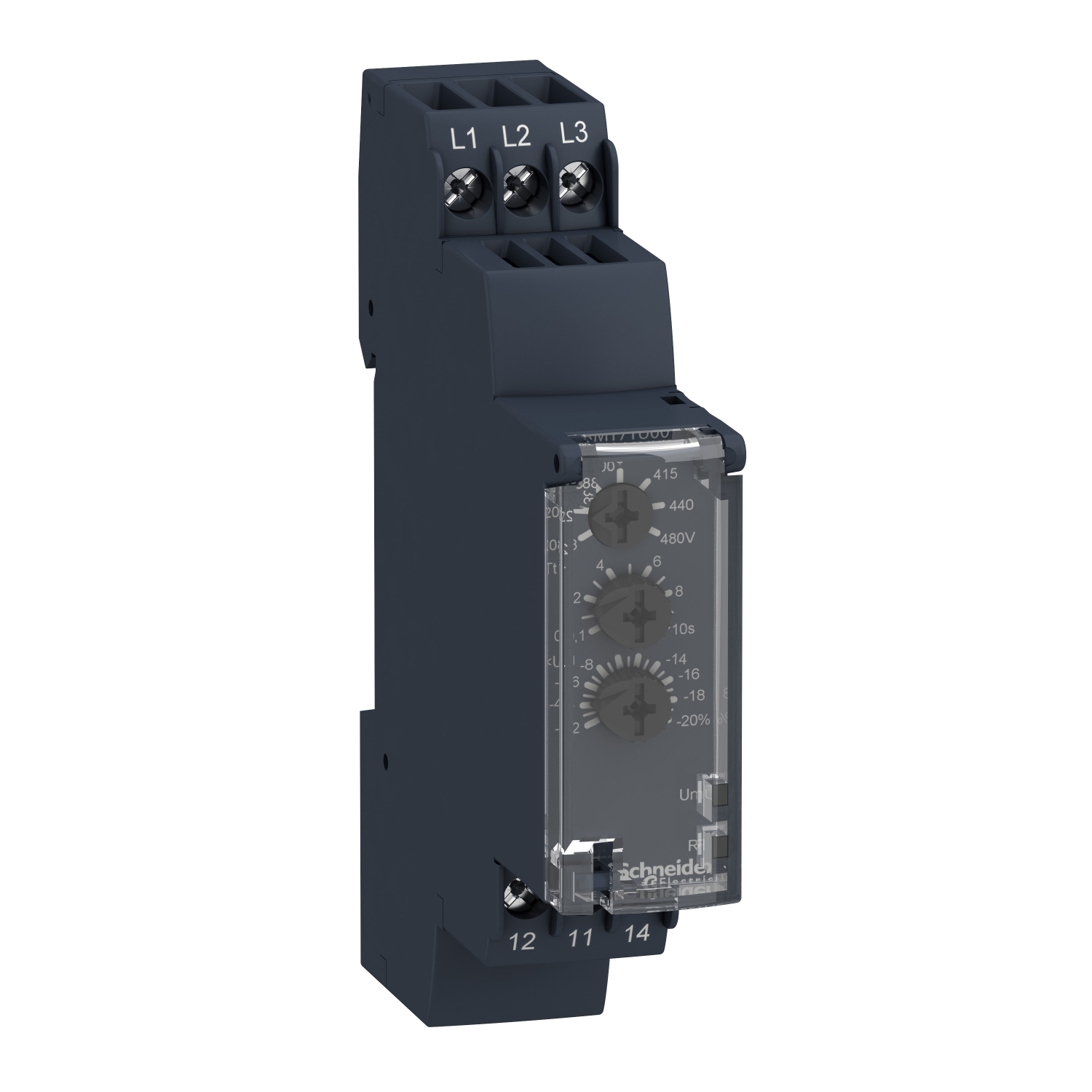

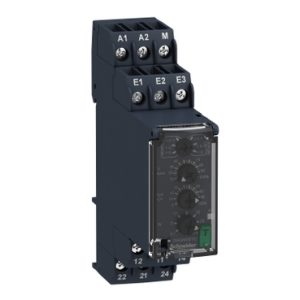
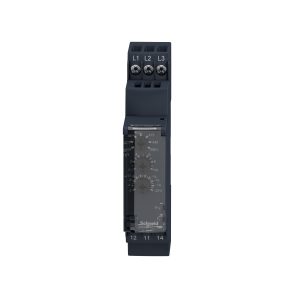


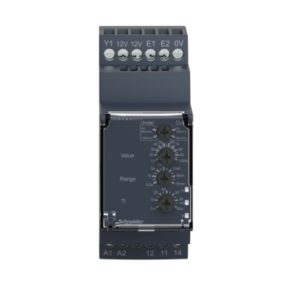
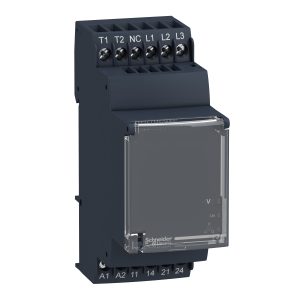
Reviews
There are no reviews yet.